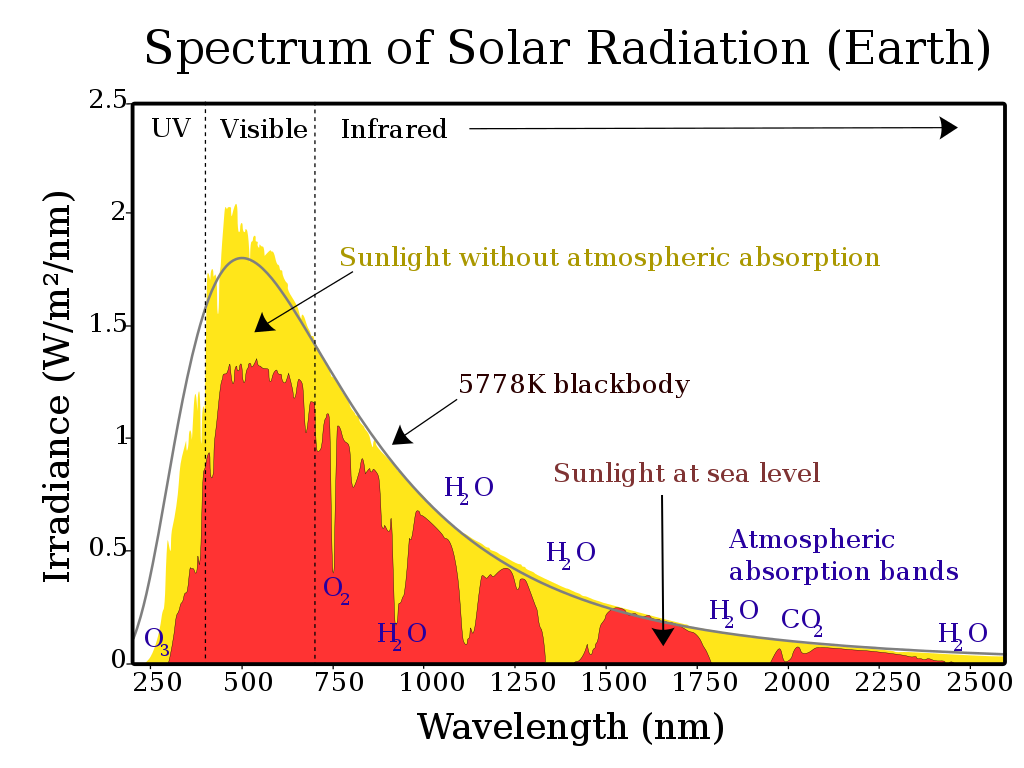Following a long-term study by the Royal Belgian Meteorological Institute the results of the performance of the patented design of the MeteoShield® Pro, on which the MeteoHelix® IoT Pro micro weather stations are based, were finally published at on October 08, 2018 at the CIMO-TECO-METEOREX - WMO as part of the Meteorological Technology World Expo 2018.
Under the skeptic eye of the Royal Belgian Meteorological Institute, two units of the MeteoShield® Professional were paired against two fan-ventilated atmospheric air temperature measurement systems used as the ultimate atmospheric air temperature references.
The results should have been predictable
Until the introduction of the helical (spiral or twister type) radiation shield by BARANI DESIGN Technologies, the results of radiation shield testing were mostly predictable. Fan-ventilated (fan-aspirated) shields that use an electric fan to drive air around a temperature sensor typically surpassed the accuracy of naturally ventilated multi-plate shields or Stevenson screens by 0.5 °C or even by up to 3 °C. Some of the most reputable air temperature sensor companies and their customers placed $300-$1500 precision sensors into expensive poorly performing shields only to end up with mediocre accuracy for a large financial investment. Affordable Davis Vantage Pro weather stations were many times able to surpass the accuracy and reliability of professional weather stations at 1/10th the cost. This was the status quo.
BARANI vs. STEVENSON
While many Met offices still cling to the old style Stevenson screen shelters for their reference measurements, a new era of precision atmospheric measurement may be upon us. While Stevenson created his shelter to perfection with the technologies at hand, new technologies of the 21st century allowed Jan Barani, educated at Rensselaer Polytechnic Institute (RPI) in aeronautical engineering, to create something not only more precise but arguably beautiful. Fan ventilation upgrades to the Stevenson screen design kept pace with modern fan-ventilated solar shields and screens until the introduction of the helical radiation shield design by BARANI DESIGN Technologies.
MeteoShield® Pro - the new standard of atmospheric temperature measurement
Quoting the results of the Royal Belgian Meteorological Institute study, the standard deviation error of the patented helical shield design of MeteoShield® Professional is 1/2 of their fan-ventilated shield which in layman’s terms means the helical MeteoShield® Pro is twice as accurate. Whats more, the standard deviation of the MeteoShield® Pro is 18 % lower than their fan-aspirated Stevenson screen. Once again in layman’s terms we can say that the helical MeteoShield® Pro is 18 % more accurate than a fan aspirated Stevenson screen. If that was not enough, the helical MeteoShield®’s precision in rainy conditions is almost twice as good as that of the fan-aspirated Stevenson screen reference and almost four times better than the RMI fan-ventilated shield.
Stable platform for climatological measurement
Climatology has a special set of requirements for monitoring global warming. Temperature minimums and maximums are not the most relevant values, actually they are only good for publicity. Average yearly temperatures are also only part of the picture. A detailed statistical analysis encompassing such terms as Standard Deviation, Skewness, Kurtosis, 1st Quartile, Median and 3rd Quartile in addition to the Minimums and Maximums need to be considered together. Effects of rain and snow, snow on the ground and the effects of ground color and ground type around the radiation shield or Stevenson screen are also important to consider. Taking all these variables and statistical terms into consideration, “MeteoShield® Professional is really the only measurement platform that comes even close to fulfilling all the requirements. It is not perfect, but comes closest to finally being able quantify with confidence, the very slow (0.7 °C per 100 years) climatic changes, which up till now, were stuck in measurement noise.
Is BARANI better than Stevenson?
“The BARANI's shelters have shown excellent results with a very limited heating under strong radiation. The mean overheating is as low as 0.2 °C for medium global solar radiation and low wind speed (<1 m/s). It is unclear why the overheating is lower for higher global solar radiation.”
“Despite the fact that the BARANI shelters are not arti�cially ventilated, their performances are better than our arti�cially ventilated compact shelter.”
Quoted from the Intercomparison of Shelters in the RMI AWS Network, Luis Gonzaalez Sotelino, Nicolas De Coster, Peter Beirinckx, Pieter Peeters, Royal Meteorological Institute of Belgium, 3 avenue Circulaire 1180 Uccle, Belgium.






